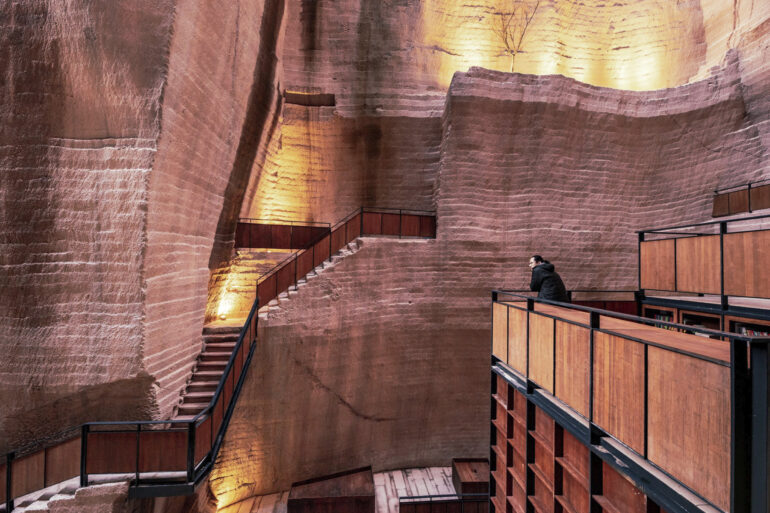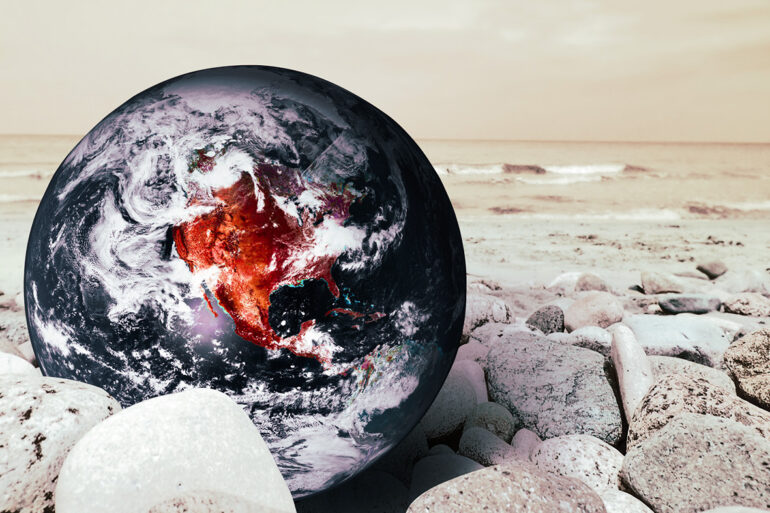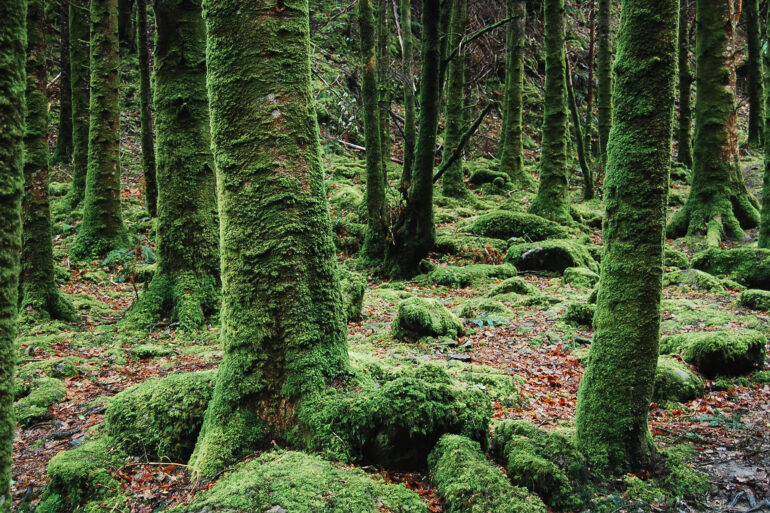environment
The environment refers to the natural and physical surroundings that we live in, including the air, water, land, natural resources, flora, and fauna. It encompasses the complex web of relationships between living organisms and their physical and chemical environment.
It can be categorized into the following components:
1. Abiotic:
– Includes non-living components such as air, water, soil, minerals, and sunlight.
– These abiotic factors provide the necessary resources and conditions for the survival and growth of living organisms.
2. Biotic:
– Includes all the living organisms, such as plants, animals, fungi, and microorganisms.
– These biotic components interact with each other and with the abiotic components to form the ecosystem.
3. Sociocultural:
– Includes the human-made, social, and cultural aspects of the environment, such as buildings, infrastructure, social institutions, and cultural practices.
– This aspect of the environment is shaped by human activities and influences the way people live and interact with the natural environment.
Is a complex and dynamic system that is constantly changing due to natural processes and human activities. Understanding and preserving is crucial for the sustainability of life on Earth.
















